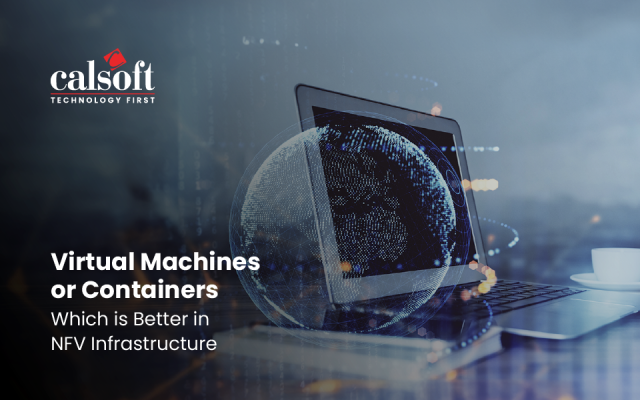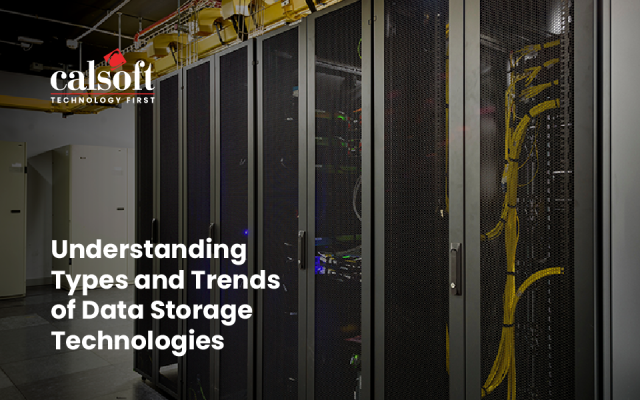The recent changes in the storage industry may be signaling the end of the SAN era. Why? The problem that SAN was designed to solve, still exists, which was to replace locally attached storage.
The advent of Gigabit and Gigabit 10 in late 2010 removed the need for FC SAN. NAS, which was the prominent tool before SAN, had to be removed due to their archaic file system protocols that could not keep up with the demands of the developing technology that were eventually solved by advanced Linux technologies and specialized file systems designed to run on them, such as the LFS, ZFS, JFS, DFS, NTFS, JFFS, HPFS, HDFS, etc. These required users to move to SAN to get access to centralized RAW volumes that can be mounted on the mission-critical application servers to make use of the newer file system. Things changed for SAN manufacturers as the Hard Disk density kept increasing and the cost of manufacturing kept falling. Today, disks made for desktops are >2TB with comparable performances to match that of the SAN based disks. As the problem of RAW disk space kept diminishing over time, while users continued using the centralized SAN.
The Ethernet technology advanced to make use of NIC bonding and today has 40GB trunk speed to carry traffic meant for datacenters and cloud computing applications. This can be leveraged by the iSCSI SAN solution providers as well as the NAS solution providers to offer greater bandwidth for the hosts and their underlying applications. High performance file system protocols came into existence in the form of NFS V4 & SMB (CIFS) V3 that offered high throughput as well as addressed all the concerns that existed in the age-old NAS filers.
The typical legacy block based RAID got replaced with file and object based RAID that offers much more flexibility and availability of data in the event of failures on the underlying Hard Disk system. Today’s NAS has the ability to fine-tune itself with whatever storage is placed in its backend. This only made NAS appliances more robust as they can offer not only file systems over the network but also the block-based storage (such as iSCSI) as a unified all-in-one solution.
In addition, Software defined storage is changing the paradigm for end-users and data-centers. It allows users to pick up the hardware of their choice with any backend storage, such as SATA, SAS or SSD or even low profile, small Flash Cards that can be accommodated in the 2U form factor hardware, and build their own NAS systems, removing the vendor locking for costlier hardware.
With all of the new technological advancements, it begs the question: is it the end of an era for FC SAN?
Write to us at marketing@calsoftinc.com
Contributed by: Taizun Kanchwala | Calsoft Inc.






